Epic Science Fiction with a Spectacular Toolbox: Silver by Linda Nagata
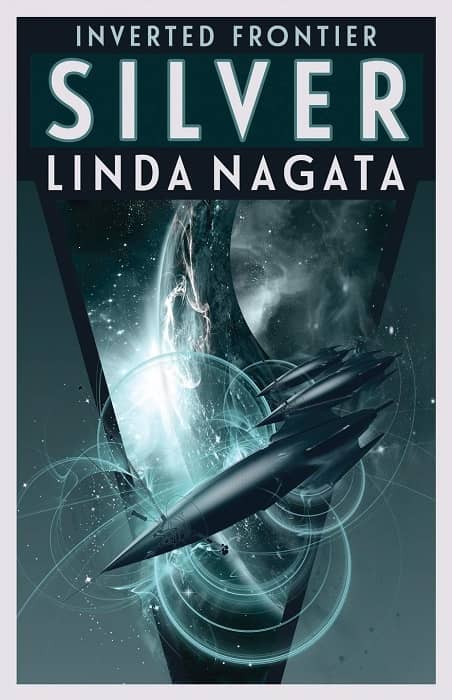 |
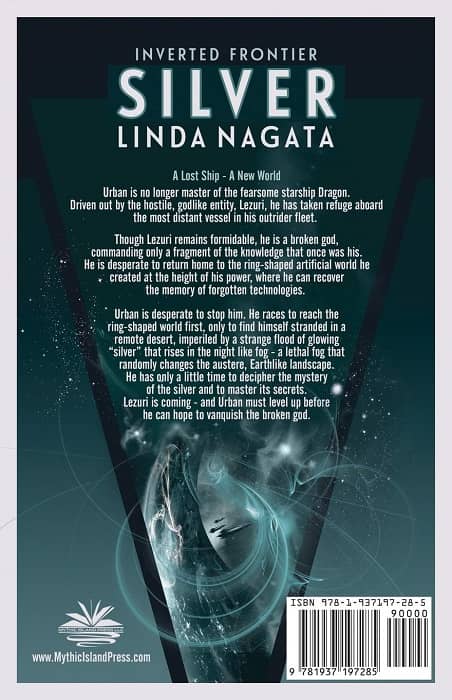 |
Silver by Linda Nagata (Mythic Island Press, Nov 2019). Cover art by Sarah Anne Langton
Silver is the direct sequel to Edges, which is itself a continuation of Nagata’s Nanotech Succession series. In Edges, some of the heroes from Nagata’s earlier series decide to head back in from the frontier of human expansion in the Milky Way to the galactic region of Earth and its immediate environs. In this science fiction universe, the laws of physics are firm, and no one has figured out a way around the universal speed limit of light itself or the constraints of relativistic travel. This means distances and time spans are immense, and voyages are spread over centuries. It also means that as humanity spread itself into that emptiness, it became diffuse and attenuated and that the sharpest telescopes on the frontier give only clues but no answers about what has taken place in the intervening centuries on the cradle worlds of humanity.
Edges was the story of Urban’s ship and crew and what happened on their way home. As with most trips, things got complicated quickly. The expedition back to Earth ran afoul of an unwelcome passenger: Lezuri, a godlike intelligence that attempted to take over the ship and was only expelled at the apparent cost of Urban himself. Silver follows directly on the heels of this conflict. Urban has fled to a nearby world, to which Lezuri is bound as well. With limited resources, Urban has to find a way to both prepare for Lezuri’s eventual arrival and warn off his ship and crew, who assume he is dead.
[Click the images for silver versions.]
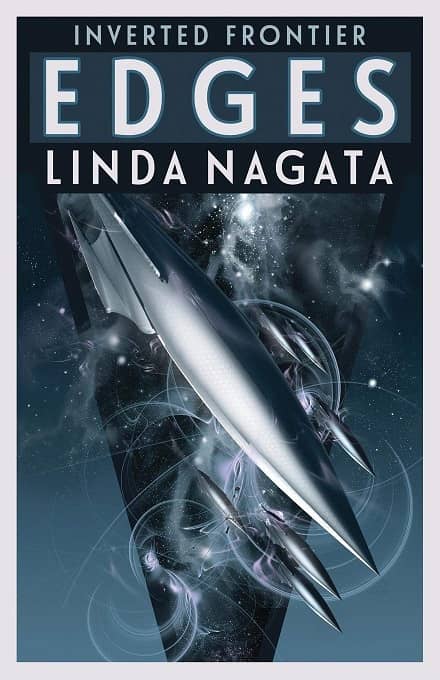 |
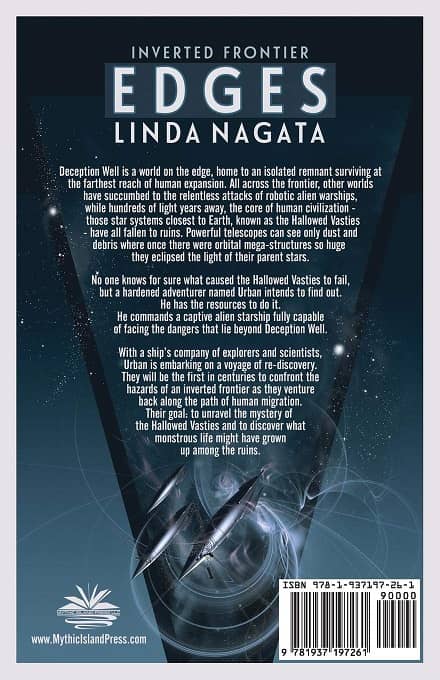 |
Edges by Linda Nagata (Mythic Island Press, April 2019). Cover art by Sarah Anne Langton
In what follows, the story arch begun in Edges is concluded, a new world and cast of characters are introduced, and our heroes get no closer to their ultimate goal of reaching the fabled “Hallowed Vasties,” the immense structures that appeared where the original worlds of humanity once were. What we do get though is an excellent conclusion to this episode in Urban’s continuing quest.
The background of Edges is not essential for enjoying this next novel. All you really need to know is that Urban is facing off against a god who will soon be arriving to the strange planet of Verilotus. Urban has limited time to master the advanced technology of the planet and develop weapons to use against Lezuri when he arrives. As with so much of Nagata’s work, it is that technology that makes the environments she creates so compelling, in addition to her excellent characters. Verilotus is an engineered, torus-shaped world the human inhabitants of which are known as “players,” originally created by Lezuri and his goddess companion. Its surface is continually over-written and re-created by a mist-like “silver,” which can be manipulated and which has the power to re-structure matter itself. The silver takes it place alongside the various nanotech of Nagata’s universe: the philosopher cells of the Chenzeme warships and the microscopic maker robots inhabiting Urban’s body.
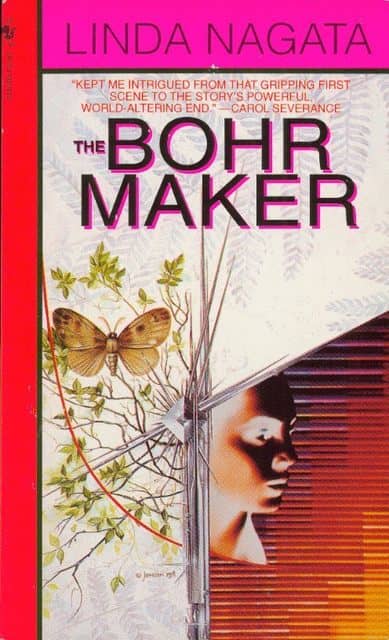 |
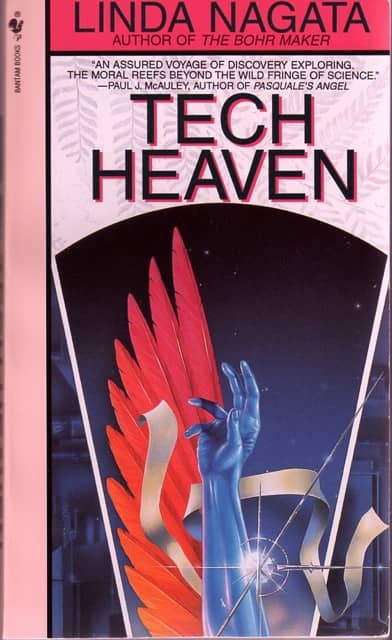 |
The first two novels in The Nanotech Succession: The Bohr Maker (1995) and Tech-Heaven (1995).
Bantam Spectra editions; covers by Bruce Jensen
Alongside Urban’s perspective we also meet some of the inhabitants of Verilotus who become main characters in the story and who seemed to arrive with their own backstories already intact. It’s a testimony to Nagata’s skill as a writer that I felt I was being quickly woven into the narrative of Verilotus’s history and culture and only later learned that she had turned Silver into a shared universe with a previous work, Memory, and that I was meeting characters that longtime Nagata readers would have already recognized. The perspectives of these characters helped highlight both the strangeness of Urban’s lifestyle and technology as a spacefaring being and added to the richness of Nagata’s universe. The multiple perspectives of the novel — Urban’s, the Verilotus character Jubilee, and the wrathful, god-like Lezuri — are deftly balanced and tagged by the use of third, first, and second-person, respectively.
I’m often annoyed when side-quests lead a narrative astray from what I think is the primary goal. Urban and company were bound toward the Hallowed Vasties, trying to solve the mystery of what happened to humanity’s birth worlds. That mystery is vast and compelling, hanging on the astronomical horizon, and the episode with Lezuri that formed the arch of Edges and Silver nearly scuttled that quest. Yet Nagata keeps this from feeling like a distracting divergence, primarily because we’re so invested in these characters, whose computer back-ups and near-immortality are on the line here in ways they’ve never been before. It’s nearly impossible for humans of Urban’s spacefaring variety to truly end, yet that’s exactly what Urban faces on Verilotus. The urgency, as well as the realization that whatever happens on Verilotus will either provide important new knowledge and resources for their continued quest or end it all together, make this a compelling chapter in what I very much hope is a continuing saga.
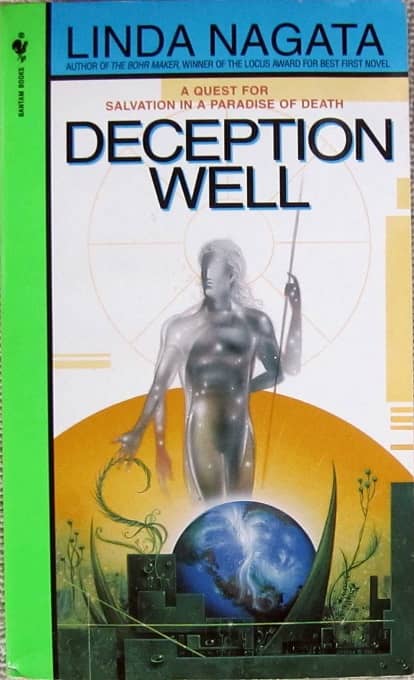 |
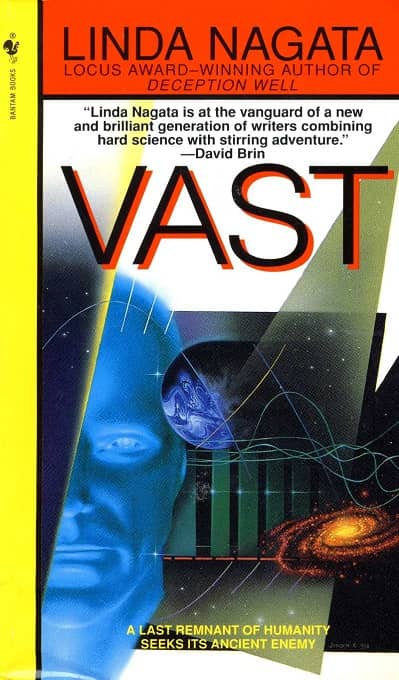 |
The third and fourth novels in The Nanotech Succession: Deception Well (1997) and Vast (1998).
Bantam Spectra editions; covers by Bruce Jensen
And I do certainly hope this series continues. Nagata has all the pieces in place to do epic sci-fi, and she continues to deploy them expertly: the vastness of her universe, the technological bells and whistles that continue to delight, the meta-human nature of her characters that make them transcendent and yet endearing — it’s a spectacular toolbox, and with it Nagata continues to construct wonders.
The complete The Nanotech Succession Universe consists of:
The Nanotech Succession
1 The Bohr Maker (1995)
2 Deception Well (1997)
3 Vast (1998)
4 Tech-Heaven (1995)
Inverted Frontier
1 Edges (2019)
2 Silver (2019)
Links will take you to our previous reviews.
Stephen Case has published fiction at Beneath Ceaseless Skies, Orson Scott Card’s Intergalactic Medicine Show, and Daily Science Fiction. His reviews have appeared at Fiction Vortex and Strange Horizons, as well as his own blog, stephenreidcase.com. His last article for us was a review of This Is How You Lose the Time War by Amal El-Mohtar & Max Gladstone.